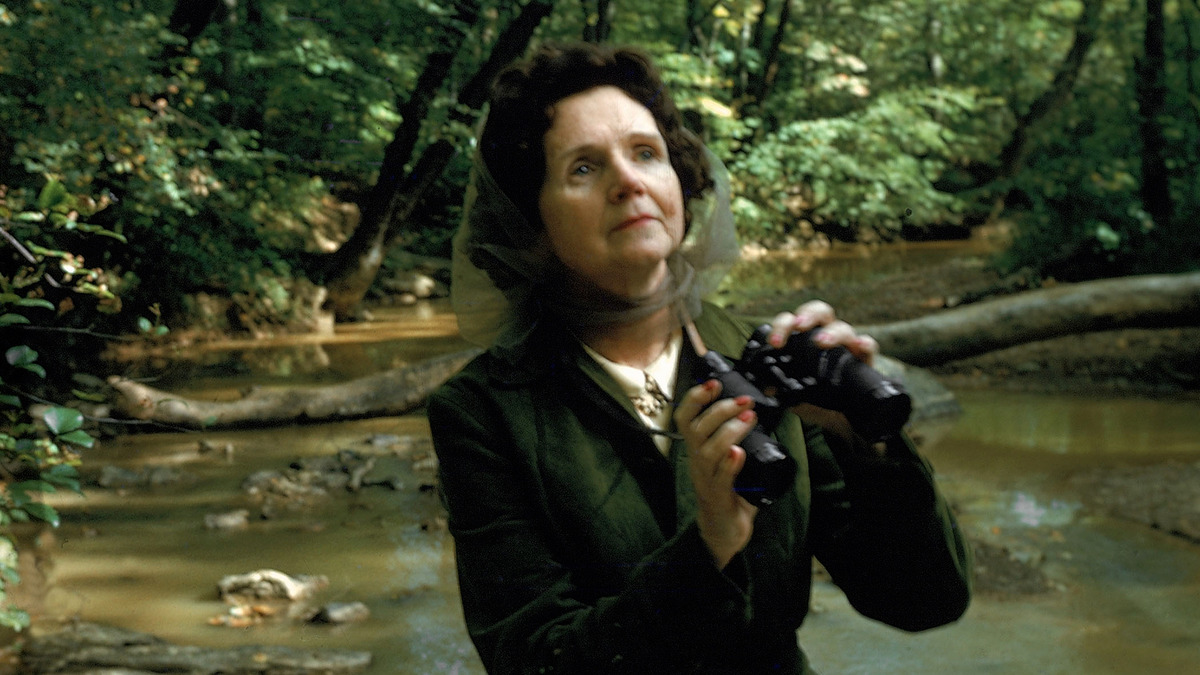
Ever wondered who stood at the forefront of the environmental movement, challenging the status quo and sparking a global conversation about nature conservation? Rachel Carson did just that with her groundbreaking work, "Silent Spring." But, who was she beyond her famous publication? Born in 1907, Carson was not only a marine biologist but also a visionary writer, whose insights into the natural world and its intricate connections to human health revolutionized how we view our planet. Her legacy is a testament to the power of words to ignite change. In this blog post, we'll dive into 22 fascinating facts about Rachel Carson that reveal the depth of her passion, her challenges, and the enduring impact of her work. Ready to get inspired by the woman who dared to challenge the status quo for the sake of our planet's future? Let's dive in!
Key Takeaways:
- Rachel Carson, a marine biologist and author, revolutionized environmental conservation with her book "Silent Spring," leading to the establishment of the Environmental Protection Agency and inspiring future generations to protect the planet.
- Carson's legacy lives on through awards, trails, and institutes in her honor, as her vision of harmony between humans and nature continues to inspire environmental efforts worldwide.
Who Was Rachel Carson?
Rachel Carson was a marine biologist, author, and conservationist whose work revolutionized the way we understand our relationship with the natural world. Born on May 27, 1907, in Springdale, Pennsylvania, she grew up with a deep love for nature, which would shape her career and legacy.
-
Carson graduated from Pennsylvania College for Women (now Chatham University) in 1929 with a degree in biology, later earning a master's degree in zoology from Johns Hopkins University in 1932.
-
Her career took off at the U.S. Bureau of Fisheries, where she was hired to write radio scripts during the Depression and eventually became a full-time nature writer.
Rachel Carson's Groundbreaking Work
Carson is best known for her 1962 book, "Silent Spring," which challenged the practices of agricultural scientists and the government, calling for a change in the way humankind viewed the natural world.
-
"Silent Spring" is often credited with launching the global environmental movement. It exposed the dangers of chemical pesticides, leading to a nationwide ban on DDT and other pesticides.
-
Before "Silent Spring," Carson published "The Sea Around Us" in 1951, which became a bestseller and won her a National Book Award. This work made her a well-known name in both science and literary circles.
The Impact of Rachel Carson's Work
Carson's writings advocated for a balanced, ecological view of nature, emphasizing that humans are part of a larger system and have a responsibility to protect it.
-
Following the publication of "Silent Spring," President John F. Kennedy launched the Science Advisory Committee to investigate Carson's claims, which eventually led to the establishment of the Environmental Protection Agency (EPA) in 1970.
-
Carson faced significant opposition from chemical companies and some in the scientific community, but she remained steadfast in her beliefs, advocating for the health of the planet and its inhabitants.
Rachel Carson's Legacy
Rachel Carson's legacy is a testament to the power of individual action and the importance of scientific research in public policy.
-
She received the Presidential Medal of Freedom posthumously in 1980, recognizing her contributions to the environmental movement.
-
Schools, wildlife refuges, and awards have been named in her honor, ensuring her work continues to inspire new generations.
-
Carson's approach to environmentalism, focusing on scientific evidence and the interconnectedness of all living things, remains influential in today's discussions on sustainability and conservation.
-
Despite her passing in 1964, Carson's vision for a world where humans live in harmony with nature continues to resonate, making her one of the most significant environmental figures of the 20th century.
-
Her work has inspired countless individuals to take action for the environment, from policymakers to grassroots activists.
-
The Rachel Carson Trail, a 35.7-mile hiking trail in Pennsylvania, was named in her honor, symbolizing her journey and the paths she paved for future environmentalists.
-
Carson's alma mater, Chatham University, established the Rachel Carson Institute to further environmental research and education, embodying her lifelong commitment to environmental stewardship.
-
The U.S. Postal Service issued a commemorative stamp in 1981, featuring Carson, as a tribute to her enduring impact on environmental conservation.
-
Her birthplace and childhood home in Springdale, Pennsylvania, is now the Rachel Carson Homestead, a museum dedicated to her life and work.
-
Carson's influence extends beyond the United States, with environmental groups and initiatives around the world citing her as a key inspiration for their work.
-
In 2006, a documentary titled "A Sense of Wonder," based on Carson's life and her last year battling cancer while fighting to get her message out, was released, bringing her story to a new audience.
-
The Silent Spring Institute, founded in 1994, continues Carson's legacy by focusing on the health effects of environmental toxins and advocating for policy changes to protect human health and the environment.
-
Her writings, especially "Silent Spring," are considered essential reading for anyone interested in environmental science or the history of the environmental movement.
-
Carson's ability to communicate complex scientific ideas in a clear, poetic language helped bridge the gap between the scientific community and the general public, making her work accessible to all.
-
She was posthumously awarded the Audubon Medal by the National Audubon Society and the Cullum Geographical Medal by the American Geographical Society, highlighting her contributions to environmental science and conservation.
-
Today, Rachel Carson's vision of a world where humans live in harmony with nature continues to inspire efforts to protect the planet for future generations, proving that her legacy is as relevant as ever.
A Final Glimpse at Rachel Carson's Legacy
Rachel Carson's impact stretches far beyond her groundbreaking book, Silent Spring. Her relentless pursuit of environmental protection sparked a global conversation, leading to significant policy changes and the birth of the modern environmental movement. Carson's work reminds us of the delicate balance between humans and nature, urging future generations to advocate for the planet. Her legacy is a testament to the power of one voice to ignite change, inspiring environmentalists and scientists worldwide. As we continue to face environmental challenges, Carson's life and work serve as a guiding light, encouraging us to protect our planet for future generations. Let's carry forward her vision with the same passion and dedication she showed, ensuring a healthier, more sustainable world.
Frequently Asked Questions
Was this page helpful?
Our commitment to delivering trustworthy and engaging content is at the heart of what we do. Each fact on our site is contributed by real users like you, bringing a wealth of diverse insights and information. To ensure the highest standards of accuracy and reliability, our dedicated editors meticulously review each submission. This process guarantees that the facts we share are not only fascinating but also credible. Trust in our commitment to quality and authenticity as you explore and learn with us.


